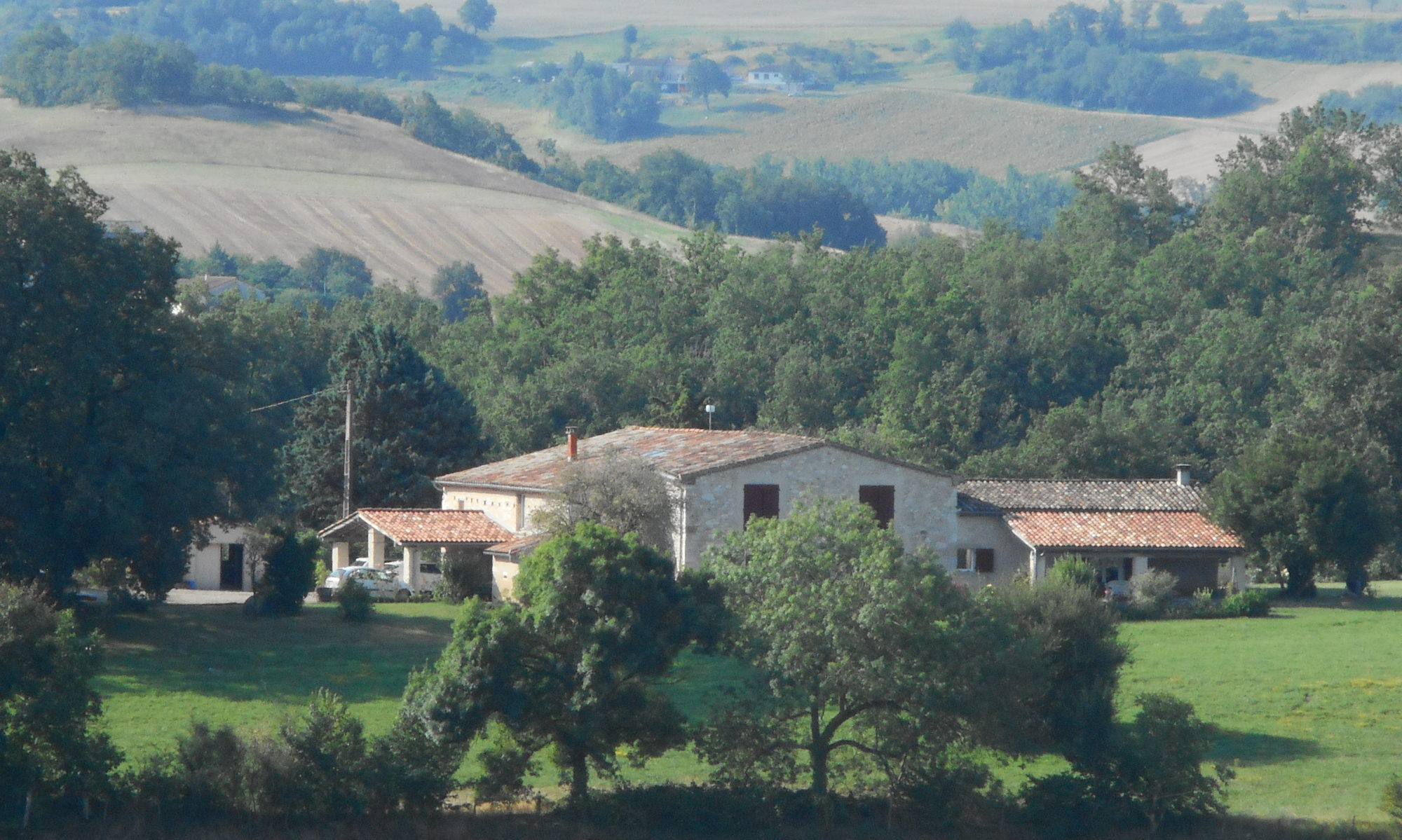Medrassa.

So a bit of history for you on Samarkand.
Built on the site of a town called Afrosiab, which dated from the 3d or 4th millennium B.C. yes that is 2000 to 3000 years so right now around 4000 years old, Samarkand was known to the ancient Greeks as Marakanda or stone / rock town. Ruins of the old settlement remain north of the present city. The chief city of Sogdiana, on the ancient trade route between the Middle East and China, Samarkand was conquered (329 B.C.) by Alexander the Great and became a meeting point of Western and Chinese culture. The first paper mill outside China was established there in 751.
The Arabs took Samarkand in the 8th cent. A.D., and under the Umayyad empire it flourished as a trade center on the route between Baghdad and China. In the 9th and 10th centntury as capital of the Abbasid dynasty in central Asia, Samarkand emerged as a center of Islamic civilization. The tomb of Bukhari (d. 870), near Samarkand, is a major Muslim shrine. Samarkand continued to prosper under the Samanid dynasty of Khorasan (874-999) and under the subsequent rule of the Seljuks and of the shahs of Khwarazm. (we heard about them a few days back)
In 1220, Jenghiz Khan (lots of different spellings we use Genghis) captured and devastated the city, but it revived in the 14th cent. when Tamerlane made it the capital of his empire. Under his rule the city reached its greatest splendor; sumptuous palaces were erected, and mosques and gardens laid out. Under Timur’s successors, the Timurids, the empire soon was much reduced it broke up in the late 15th cent. and was ruled by the Uzbeks for the following four centuries.
Samarkand eventually became part of the emirate of Bukhara (and we know ALL about that place don’t we) and fell to Russian troops in 1868, when the emirate passed under Russian suzerainty. In 1925, Samarkand became the capital of the Uzbek SSR, but in 1930 it was replaced by Tashkent (where we started from several days ago).






As you can see from the pictures below there was at one time some problem with one of the minarets which seemed to be falling over so they tried to pull it back into place and slightly over did it





It is difficult to capture or explain the scale or the color or the brightness of the place. Now I know lots of it have been restored but to be honest you can already see the cracks and it would seem our 20th century building techniques are not a patch on those of our ancestors. The place does hold your attention and your imagination, I am pretty sure everyone has heard of the Silk road and Marko Polo and this very place where all of this trade passed through.
